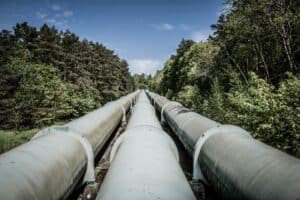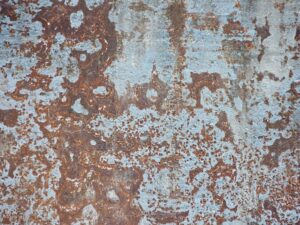In late 2018, the Energy Connections Canada and INGAA Foundations released a Practical Guide for Facility Inspectors. This guide supports a program to reaffirm that all newly built oil and natural gas transmission pipeline facilities are delivered safely and according to the highest standards. The Practical Guide provides real-world guidance to confirm that facility inspectors are trained, qualified and competent.
That guidance document has been used as the seed document for the release by the American Petroleum Institute (API) of a new recommended practice (RP) for pipeline facility construction inspectors.
We are pleased to announce that the first edition of RP 1184 has now been published.
What does RP 1184 mean for pipeline safety?
RP 1184 means that when any facility is built or undergoes maintenance it will be done so safely and according to consistently high standards. The RP will apply to oil and natural gas pipelines facilities, compressor, pump, meter or regulator stations and valve sites.
“The goal with this RP was to ensure all oil and natural gas transmission pipeline facility inspectors maintain a uniform focus on compliance with design standards, a heightened awareness of higher risk activities and a focus on delivering predictable results,” said Rick Tofani, Executive Director, Energy Connections Canada.
This project follows on the heels of the Pipeline Inspector Certification program, another joint program between the Foundation and INGAA. This earlier program was launched in 2016 and has since trained and certified more than 11,000 individuals according to the American Petroleum Institute (API) who oversee the delivery of that Certification Program (API 1169) in both Canada and the U.S. API will also oversee this new Facility Inspector Program, API 1184.
The RP will be used by operators, facility construction inspectors, and those seeking to become certified inspectors. It supports the United Nations Sustainable Development Goal, number nine, for resilient infrastructure.
Although pipeline safety is the major objective of this new recommended practice, there are some important additional benefits:
- Having a certified and qualified inspection program will help to build public confidence in the North American energy industry, especially in relation to oil and natural gas facilities.
- Operators and facility pipeline inspection service companies can use this document to develop their inspection processes and responsibilities for inspectors, and to develop and enhance their own inspector training programs.
- The existence of a consistent standard will revitalize the facility inspector role as a viable, professionally recognized career choice for young people.
“This was another excellent example of a highly collaborative partnership where Energy Connections Canada and INGAA worked closely together to develop a quality product that will benefit the energy pipeline industry across North America,” said Tofani. “The two Foundations have also been working together on safety culture and lessons learned, and will be collaborating on future projects related to energy transition.”
For more examples of Energy Connections Canada projects, visit our Initiatives page.




